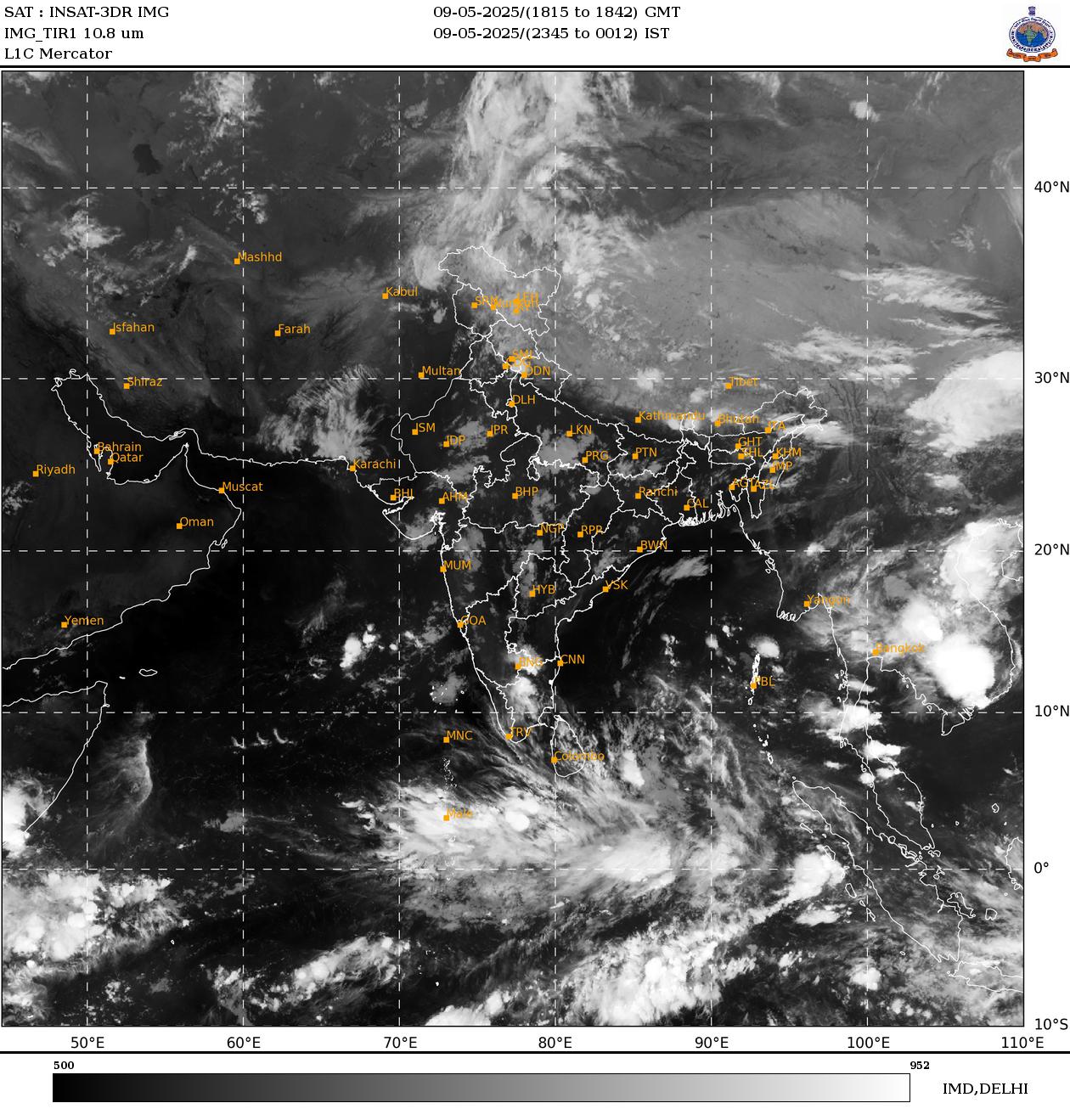Noida apparel exporters seek ban on export of Indian cotton and yarns
 ... -
... -
August 01, 2021 The Noida Apparel Export Cluster (NAEC) has sought a complete ban on the export of Indian cotton and yarn to increase production in the domestic apparel industry, so that the finished products may be exported internationally to fetch more revenue.
The cluster also said a ban on export of cotton and yarn will ensure more availability of raw material for the apparel industry, which has been in the doldrums for the past six months on account of Covid-19 induced slowdown, and enable it to compete in the global export market.
Lalit Thukral, president of Noida Apparel Export Cluster and convener of ready-made garments (RMG), Uttar Pradesh Export Promotion Council, said the industry is already reeling under huge losses caused by the pandemic and the large-scale export of cotton and yarn has come as a double blow. It may be noted here that Noida’s share in apparel export in the last financial year was USD 3.5 billion.
According to the ministry of textiles figures, the country exported nearly 12 million bales of cotton and yarn in the past two financial years. Data showed that India exported around 5.5 million bales of cotton and yarn to Bangladesh, Vietnam and China last fiscal. Of this, 2.197 million bales (about 275 million kilograms) were to China alone.
While the export of cotton and yarn generates a revenue of around USD 75 billion every year, Thukral said if the export is banned and more raw material is made available to the apparel industry, then the export of ready-made garments will generate a yearly revenue of about USD 40 billion.
He further said the export was eating into the availability of raw material for the domestic ready-made garments industry – only half of its yearly requisition of 12 million bales is being met currently.
“The government has set us a target of generating USD 400 billion in merchandise export, i.e export of different varieties of readymade garments. In order to meet this, we have no option but to request a ban on the export of cotton and yarns,” he said.
Pointing out that the textile and apparel industry account for 7% of the country’s industrial output in value terms and contributes 2% to its GDP, Thukral said the industry also provides employment to around 105 million people (45 million directly and 60 million indirectly). “Incidentally, 72 million of these workers are women, mostly from rural areas. The apparel industry also plays a pivotal role in foreign exchange earnings -- it brought in foreign exchange earnings amounting to USD 12.28 billion during fiscal 2020-21,” he said.
Thukral said countries such Bangladesh, Vietnam, Thailand and even China import the cotton and yarn from India at a price agreed upon six months in advance, with assurance of availability, while the Indian apparel exporters have agreements with importing countries for six months at a price fixed in the agreement, irrespective of any calamity or damage.
“This is because we have no free trade agreement (FTA) or preference trade agreement (PTA) with European countries, which would safeguard us against price fluctuations,” he said.
Neeraj Prakash, another exporter, said, “The ready-made garments industry here depends on cotton, silk and wool. Nearly 75% of the raw material used in apparels is cotton, which directly supports the farmers. But the industry is currently facing an acute shortage of cotton yarn, which is hitting production, employment and export. Also, the steep rise in the price of cotton, the hike ranging from 30% to 60%, over the past six months has also led to an increase in the cost of production, making it even more difficult for the industry to compete globally,” he said.
A joint secretary rank official in the ministry of textiles, said on condition of anonymity, “India exported around 50% cotton and yarn to China the last fiscal. “Our ministry has set a target for merchandise export of USD 400 billion in the current fiscal 2021-22. We’ll soon ban the export of cotton and yarns as it not only affects employment generation (more raw material will provide direct/indirect employment to at least 9 million more people), but also hampers the growth of apparel manufacturers and exporters,” he said.
Most viewed
- Pakistani firms showcase textile expertise
- At Rs 58k-Plus, Cotton Prices Hurt Exports
- Gujarat spinners see industry revival
- Global Cotton Yarn Players To Connect Amid Strong Demand At Yarn Expo Spring 2024
- Cotton Exports in Feb Touch Two-Year High
- Cotton yarn industry to connect in Shanghai
- Pak - Cotton yarn exports to China surged by 46.7% in 2023
Short Message Board
Cotton Live Reports
Visiter's Status
Visiter No. 31676079Saying...........
Men, their rights, and nothing more; women, their rights, and nothing less.
Tweets by cotton_yarn



